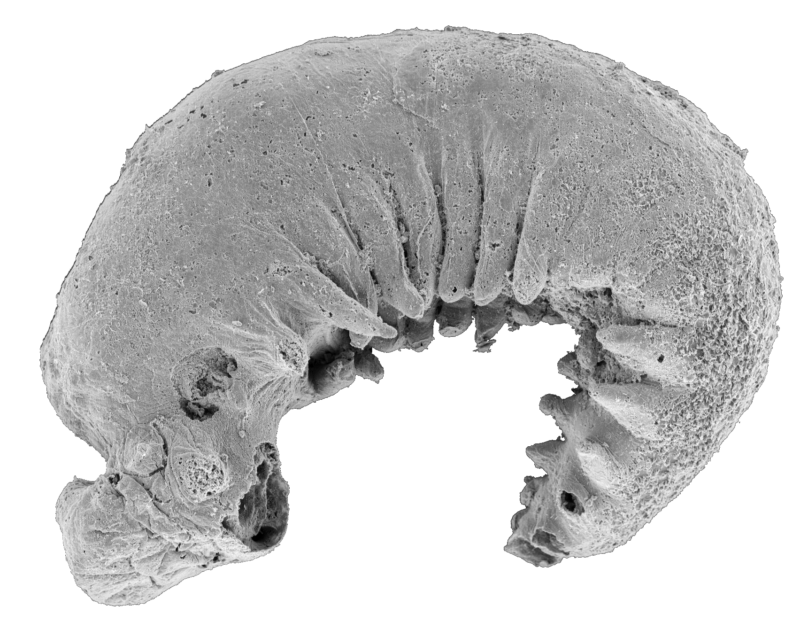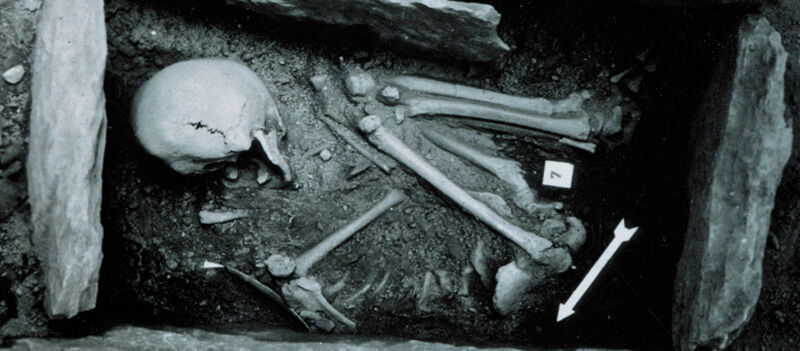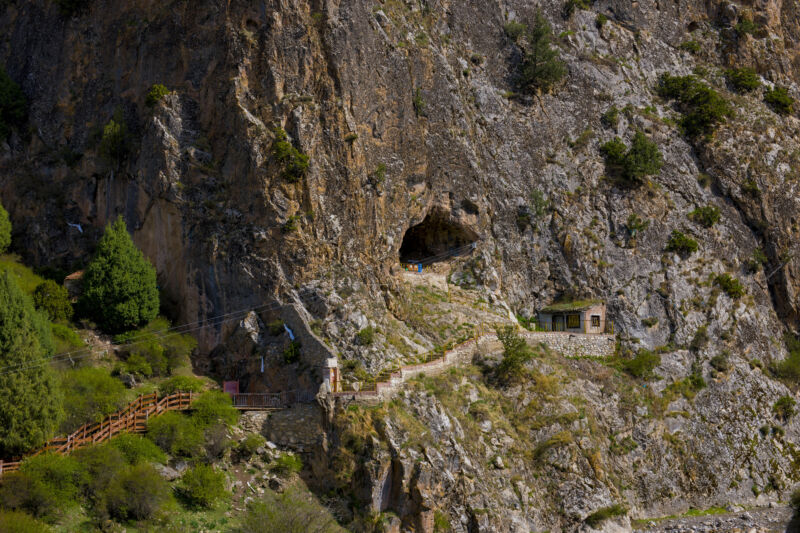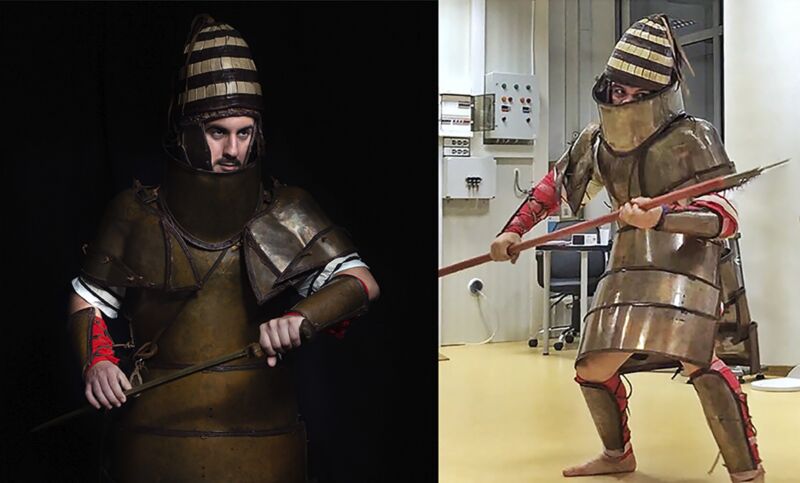Lidar mapping reveals mountainous medieval cities along the Silk Road
The history of the Silk Road, a vast network of ancient and medieval trade routes connecting Beijing and Hangzhou with Constantinople and Cairo, has mostly been focused on its endpoints: China and the West. Less was known about the people and cultures the traders encountered along the way. Given the length of the route, there must have been a lot of encounters. Traders passed through large cities like Tehran or Baghdad, which we know very well because they still stand today. They also crossed the Tien Shan, the largest east-west mountain range on the planet.
“People thought these mountains were just places the caravans had to cross and get through but not really a major contributor to commerce themselves,” says Michael Frachetti, an anthropologist at Washington University in St. Louis, who led a team that used drone-based lidar to map two mountainous cities at the western end of Tien Shan in the modern-day Uzbekistan. Both were built over 2,000 meters above sea level like Machu Picchu or Lhasa, Tibet. One of them, the Tugunbulak, was larger than Siena, one of the most influential city-states in medieval Italy.
Into the mountains
“The Silk Road was a complicated complex representing in some cases actual pathways the caravans could traverse, but also general exchange between East Asia and Europe. If you ask me, as an archeologist, the foundations of Silk Road can be traced back to the Bronze Age. But the peak of this exchange we date to the medieval period, between the 6th century and the 11th century,” says Frachetti.
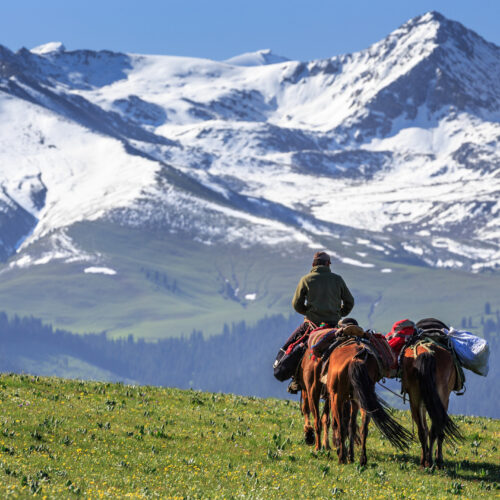

© Feng Wei Photography
